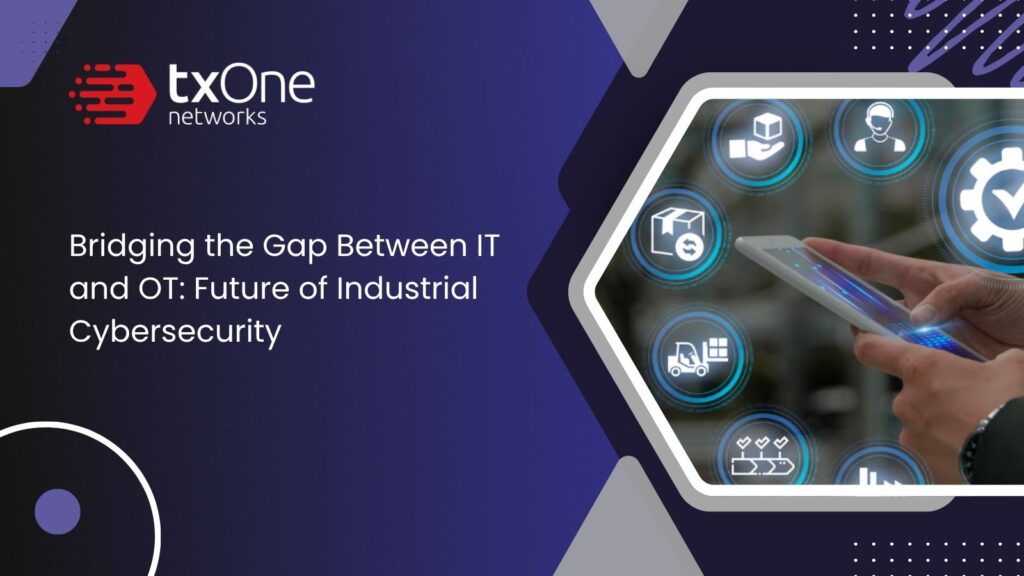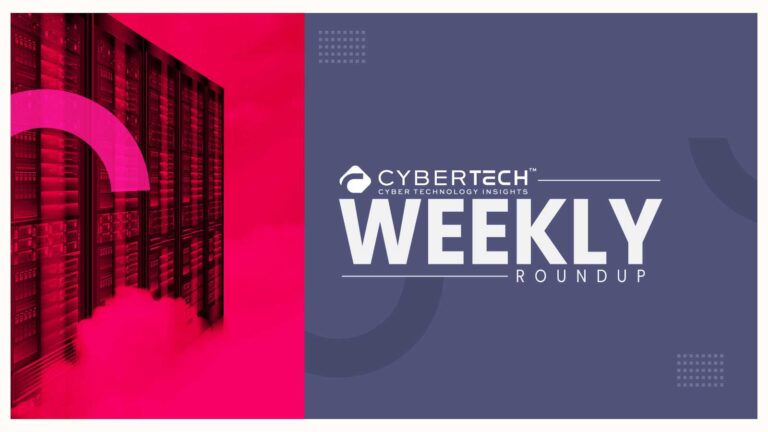Cybersecurity of Operational Technology (OT) is now a top business priority as companies adopt digital transformation and bring their physical systems online. Cybersecurity today is not just about defense. It’s about helping businesses to run smoothly and improve faster.
Companies look to evolve in how they tackle operational technology (OT) security. Today, there’s greater awareness that cybersecurity can drive digital transformation, optimize operations, and establish trust within the enterprise.
The Real Cost of Insecure OT Environments
Operational technology (OT) is no longer a silo in the digital era. Manufacturing facilities, utility grids, and power infrastructure now make use of smart systems, remote access, and real-time information to operate effectively. This digital transformation holds enormous business value but brings fresh layers of risk.
Cybersecurity as a Business Enabler
OT security is generally taken as a defensive role in the entire ecosystem. But it’s much more than that. It enables smarter operations, quicker maintenance, and better uptime when implemented strategically.
In fact, one of the primary obstacles to effective digital transformation isn’t a shortage of innovation, it’s the lack of confidence in cybersecurity preparedness.
When stakeholders have confidence that interconnected systems are secure, organizations can move more quickly. That translates to faster, safer onboarding of suppliers, more intelligent predictive maintenance, and better asset management. Security instills confidence, and also confidence drives growth.
Where Most Organizations Stand Today
Even as threats intensify, most industrial companies remain at the beginner levels of OT cybersecurity maturity. By the Capability Maturity Model Integration (CMMI) framework, most of them are at Level 1. They have initiated recognizing the requirement for security, but have not yet institutionalized it throughout the company.
Not surprising. Sophisticated systems define OT environments. There’s likely a combination of old and new systems, multiple locations, and siloed groups. Upgrading everything at once in a Big Bang isn’t feasible. Instead, visionary companies are using a risk-based approach.

A Smarter Way to Mature
Cybersecurity maturity doesn’t need to occur all at once. It shouldn’t.
The strategy is to prioritize most importantly first the most essential systems, processes, or places, where a breach would have the greatest impact. By separating these high-priority items, companies can advance maturity stages in steps. Gradually, these targeted wins can be expanded throughout the larger company.
For instance, some are installing secure remote access in high-risk locations first, before rolling it out more broadly. Others are upgrading firewalls or putting in intrusion detection systems at plants with identified vulnerabilities. Each action is calculated. Each is linked to a business risk.
Creating a Culture That Works
Technology is just half the solution. People are equally important. Certainly, security maturity increases as teams understand how to identify risks, adhere to procedures, and take care of one another in order to remain secure. That sort of culture doesn’t materialize overnight. That takes schooling, involvement, and most importantly, frequent reinforcement.
When companies expand, individuals change roles, new suppliers join the team, and priorities shift. That’s why cybersecurity must be thought of as a process, and not a project. It’s a marathon. Not a sprint.
Companies that infuse training, automate reporting, and foster open discussion of threats are likely to experience quicker maturity improvements. It is not perfection, but it’s progress.
So, Where Should You Start?
It starts with urgency. Threats are mounting. Delays can be expensive.
But panic is not urgent. Begin by charting your essential business processes. Know what really matters. The question: If a cyber attack strikes tomorrow, what systems must I keep operational to stay alive? That’s your minimum viable production, the beat of your operation. Prioritize your security investment there first.
Then, leverage it. Establish your risks. Put leadership before them with clean, executable choices, each assigned to business value. Don’t merely request more budget. Indeed, demonstrate how security investment saves downtime, maintains customer trust, or avoids regulatory penalties.
From Protection to Performance
Contemporary OT cybersecurity isn’t only a protective barrier. It’s a catalyst for business agility and operational assurance.
When systems are secure, teams accelerate, connect with greater confidence, and deliver more value in every interaction. OT security becomes the underpinning that enables digital transformation, minimizes downtime, and drives new efficiencies that fuel competitive advantage.
At its essence, it’s about resilience leaping ahead of threats, addressing customer needs, and also evolving with change without skipping a beat. It’s not protection alone. It’s a purposeful performance.
FAQs:
- Why is OT cybersecurity a business imperative today?
As businesses transform digitally, OT systems are becoming more networked and cloud-connected. This increases efficiency but opens up critical infrastructure to cyber risks, rendering OT cybersecurity critical to continuity and growth.
- What is the impact of failing to secure OT environments?
Unsecured OT has the potential to cause downtime, production shutdowns, safety risks, regulatory problems, and huge monetary losses. A single small vulnerability in one plant can travel through a worldwide supply chain.
- What is a risk-based approach to OT cybersecurity?
Rather than attempting to lock everything down at once, a risk-based approach focuses on securing critical systems first, those whose failure would do the most harm. This incremental approach allows for forward progress without interfering with operations.
- Where do we start our OT cybersecurity journey?
Start by defining your most critical operations, your minimum viable production. Secure those first, demonstrate measurable results, and scale from there. Always correlate security actions to business value to ensure long-term alignment.
- What is Operational Technology (OT), and how does it differ from IT?
Operational Technology is used to describe hardware and software used to monitor and control physical devices, processes, and infrastructure, such as factory equipment, power networks, and pipelines. OT environments control physical activities and were historically separated from the internet, hence making cybersecurity particularly complicated.
To participate in upcoming interviews, please reach out to our CyberTech Media Room at sudipto@intentamplify.com.





